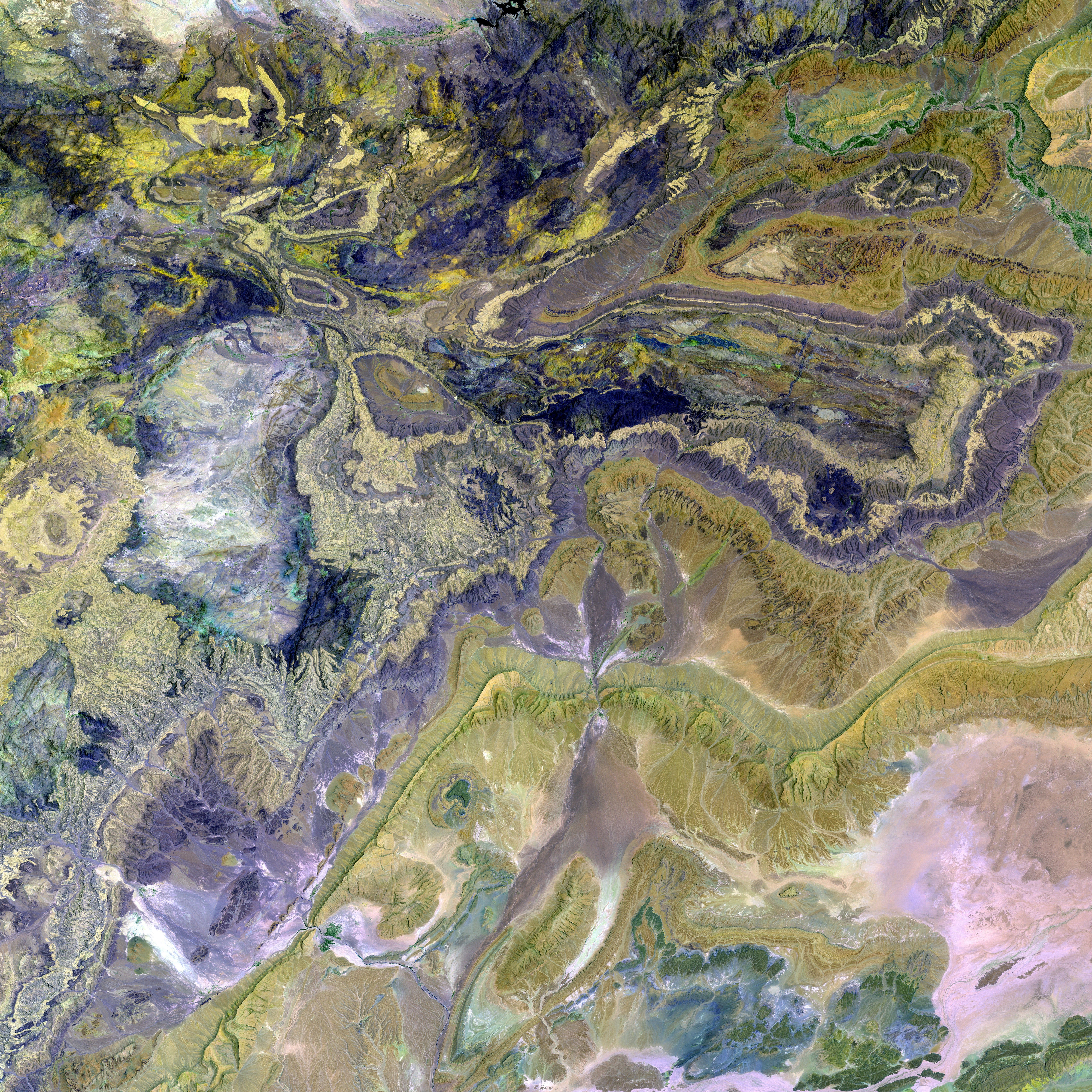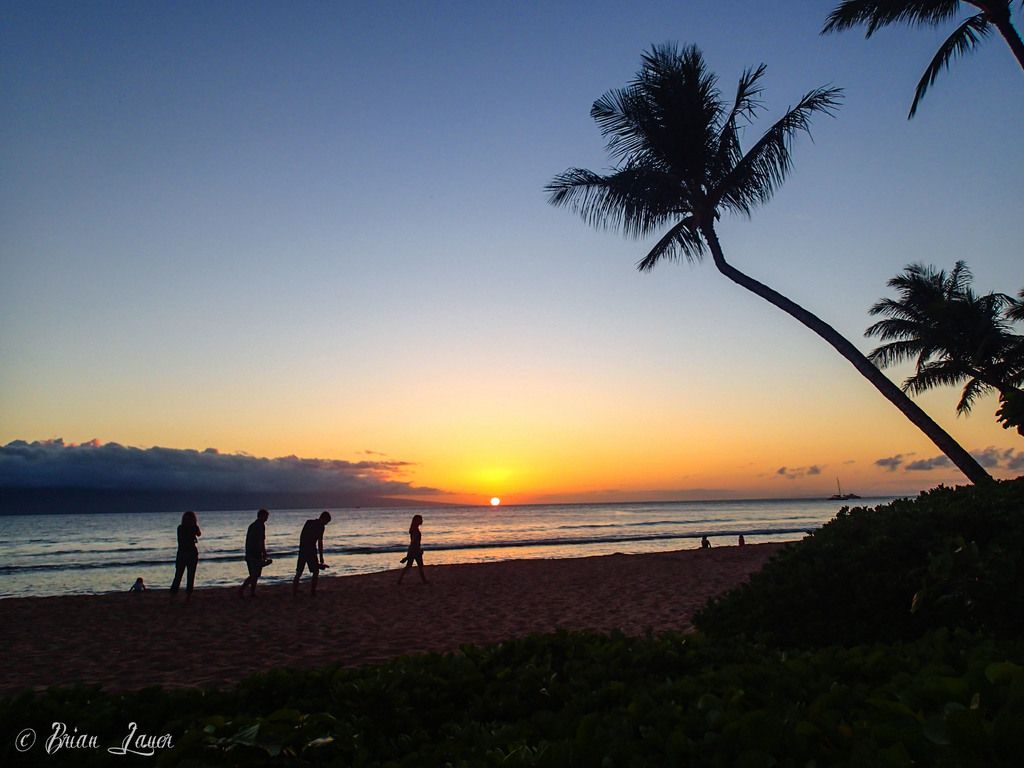Brazil's Deforestation Drop in 2024: Causes and Significance
Significant Reduction Observed in Deforestation Rates Within Brazilian Territories
Brazil took a significant leap towards preserving its green cover in 2024, witnessing a notable 32% decline in deforestation compared to the previous year. Analysts have identified several motivating factors behind this significant change.
Driving Forces Behind the Deforestation Drop
A variety of factors likely contributed to the reduction in deforestation:- Political Policies: The election of President Luiz Inácio Lula da Silva may have brought a renewed focus on eradicating illegal deforestation by 2030, helping to drive down rates.[3][4][5]- Global pressure: The mounting awareness of the world about the importance of forests, with important climate conferences approaching, could have played a role.[3][4]- Improved Monitoring: Organizations like MapBiomas have enhanced the transparency and tracking of deforestation, potentially resulting in more effective enforcement of environmental regulations.[1][2]
Amazon Rainforest and Other Biomes: An Overview
Amazon Rainforest
- Progress: The Amazon experienced a considerable 17% decrease in deforestation in 2024, although it remains a significant contributor to deforestation in Brazil.[1][2]
- Agriculture: Unsustainable farming practices continue to put pressure on the Amazon, leading to the destruction of about 1,035 hectares daily.[3]
Other Biomes
- Cerrado: Known as Brazil's tropical savannas, it experienced a substantial 41.2% decrease in deforestation, but still accounted for the majority of Brazil's deforestation.[1][2]
- Pantanal: Witnessed a staggering 58.6% reduction, marking the largest decrease across all biomes.[1][2]
- Pampa: Recorded a 42.1% decrease in deforestation.[1][2]
- Caatinga: Saw a more modest 13.4% decrease.[1][2]
- Atlantic Forest: The only biome to experience an increase, with a slight 2% rise in deforestation.[1][2]
The Bigger Picture
While Brazil's deforestation reduced to 1.24 million hectares in 2024, it's clear that the battle to strike a balance between economic growth and environmental protection is far from over. The agriculture sector remains the primary catalyst for native vegetation loss, accounting for 97% of these losses.[1]
The Commission, in light of these environmental efforts, has also adopted a proposal for a directive on the protection of the environment, emphasizing the importance of science and environmental-science in addressing climate-change and promoting health-and-wellness. This holistic approach can provide valuable insights for Brazil's continued fight against deforestation and its commitment to eradicating illegal deforestation by 2030.
Moreover, the successful strategies employed in reducing deforestation in Brazil can serve as valuable case studies for other nations facing similar environmental challenges, demonstrating the potential for science and effective policy to make a significant impact on health-and-wellness and the planet as a whole.








